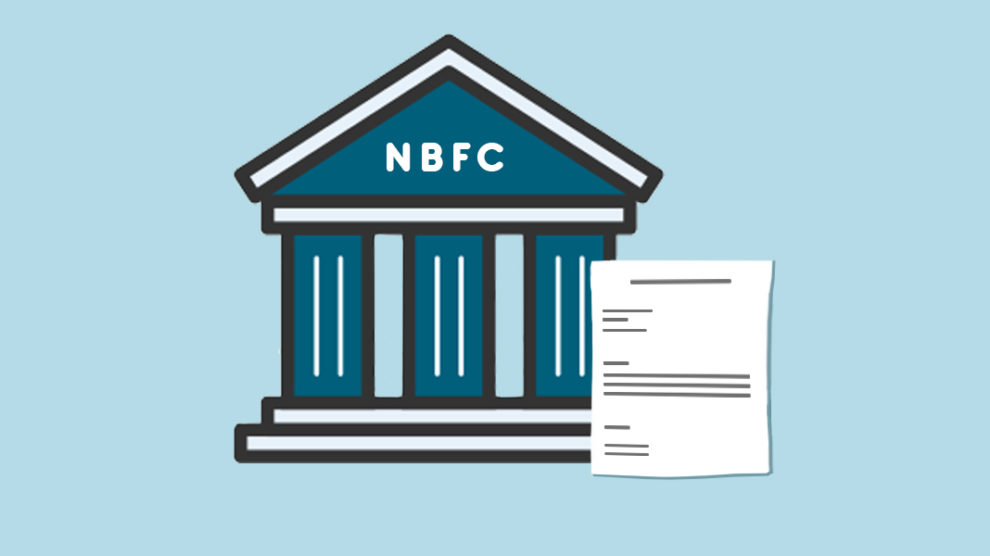Bihar Surpasses Tamil Nadu to Become India’s Largest Microfinance Market

Bihar Surpasses Tamil Nadu to Become India’s Largest Microfinance Market
The recent report on microlending borrowings reveals that Bihar has emerged as the leading state, surpassing Tamil Nadu in terms of borrowing activity. The growth in Bihar’s microlending sector can be attributed to a notable 13.5% increase in the gross lending portfolio during the March quarter, outperforming the preceding quarter.
This growth indicates a rising demand for microcredit services in Bihar and reflects the expanding access to financial resources for individuals and small businesses in the state. The report by a credit information company highlights the significant role played by microlending in empowering the economy of Bihar and fostering financial inclusion among its population. It signifies the increasing importance of microlending as a catalyst for economic growth and development in the region.

According to the report published by Crif High Mark, the total Microfinance (MFI) borrowings in Bihar have reached Rs 48,900 crore as of March, accounting for 14.5% of the overall portfolio. In contrast, Tamil Nadu’s MFI borrowings stood at Rs 46,300 crore, representing 13.7% of the overall outstanding borrowings.
These figures highlight the significant contribution of microfinance in Bihar’s financial landscape, with a higher proportion of borrowings compared to Tamil Nadu. The report underscores the growing importance of microfinance institutions in providing access to credit and financial services to individuals and small businesses in Bihar, ultimately fostering economic development and empowerment in the state.
As per the report, the overall Microfinance (MFI) portfolio outstanding experienced robust growth of 17.9%, reaching Rs 3.37 lakh crore by the end of March. This significant expansion indicates the increasing popularity and acceptance of microfinance services across the country. Moreover, the report highlights an improvement in asset quality, indicating a positive trend in loan repayments and reduced instances of default.

This development reflects the effectiveness of risk management practices and credit assessment mechanisms employed by microfinance institutions. The steady growth of the MFI sector and the enhanced asset quality underscore the resilience and sustainability of microfinance as a viable financial model for promoting inclusive growth and addressing the financial needs of underserved segments of the population.
According to the report, the proportion of Microfinance (MFI) loans that were overdue for over 90 days witnessed a significant improvement. It decreased to 1.1% as of March 2023, compared to 2% in December 2022. This decline in delinquency rates signifies enhanced repayment discipline and improved asset quality within the MFI sector.
The report also highlights the concentration of MFI borrowings in the top ten states, which collectively account for 85% of the outstanding portfolio. Alongside Bihar and Tamil Nadu, the list includes states such as Uttar Pradesh, Karnataka, West Bengal, Maharashtra, Madhya Pradesh, Odisha, Rajasthan, and Kerala. These states play a pivotal role in driving the growth and development of the microfinance sector in India, reflecting the widespread reach and impact of microfinance services across diverse regions of the country.

According to the report, the average exposure per borrower in Bihar was recorded at Rs 27,200, slightly higher than the average exposure of Rs 26,600 in Tamil Nadu. This suggests that borrowers in Bihar have a relatively higher borrowing capacity compared to those in Tamil Nadu.
Furthermore, the report highlights the dominance of the eastern region in the overall Microfinance (MFI) landscape, accounting for approximately one-third of the outstanding MFI portfolio. This signifies the significant presence and influence of microfinance institutions in the eastern region, particularly in states like Bihar, which have emerged as key markets for microfinance activities.
The report reveals that dedicated Non-Banking Finance Companies (NBFCs) specializing in microfinance continue to hold a dominant position in the market. These NBFCs command a substantial 37.3% share of the overall Microfinance Institution (MFI) loans. Banks follow closely, accounting for 33.1% of the MFI loans, while small finance banks hold a 16.6% share.

This distribution indicates the significant role played by dedicated NBFCs in providing microfinance services and catering to the financial needs of individuals and small businesses. Banks and small finance banks also contribute significantly to the MFI sector, highlighting their involvement in extending microcredit facilities to underserved segments of the population.
The diverse participation of these financial entities showcases the collaborative efforts in expanding access to credit and promoting financial inclusion, ultimately driving the growth and development of the microfinance industry in India.



